City Oval New Capital represents a significant development within the New Administrative Capital of Egypt. This prestigious residential project combines luxury living with essential amenities, ensuring residents enjoy a vibrant community experience. Strategically located near major roads and landmarks, it provides a fantastic setting for those seeking a balanced lifestyle in a modern urban environment.
Table of Contents
ToggleOverview of the New Administrative Capital
The New Administrative Capital is a significant urban development aiming to address various challenges facing Cairo and its surrounding areas. This initiative involves strategic planning and execution focused on geographical advantages and specific objectives contributing to Egypt’s growth.
Geographical Significance
The New Administrative Capital is strategically located approximately 30 miles east of Cairo. Nestled between the Cairo-Suez Road and the regional ring road, its location is designed to ease congestion in the densely populated Cairo area.
This proximity allows for better accessibility to vital economic corridors. The area covers around 270 square miles, providing ample space for residential, administrative, and commercial zones, promoting sustainable living.
Additionally, the project highlights Egypt’s intention to expand urban development past the historical confines along the Nile River, redefining settlement patterns. The setting in a desert environment encourages innovative infrastructure and modern urban planning.
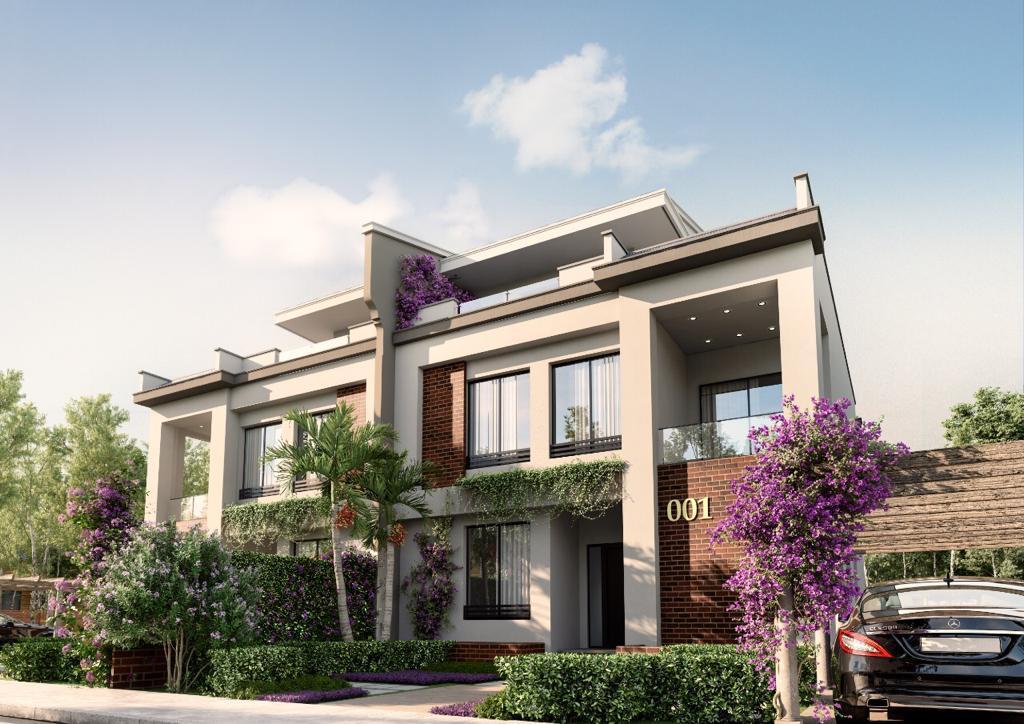
Strategic Objectives
One of the primary objectives of the New Administrative Capital is to alleviate congestion and pollution in Cairo. By transferring government offices and institutions to this new city, the project aims to centralize administrative functions and improve efficiency.
Under President Abdel Fattah El-Sisi’s vision, it represents a part of broader megaprojects aimed at invigorating Egypt’s economy. The government envisions creating job opportunities, attracting foreign investments, and enhancing the standard of living.
Moreover, infrastructure development, including airports, schools, and healthcare facilities, supports the goal of a modern capital. The project is also expected to stimulate the real estate market, encouraging public and private investment in the new urban landscape.
Infrastructure and Urban Design
The infrastructure and urban design of the New Administrative Capital in Egypt prioritize modernity, sustainability, and accessibility. The planning incorporates advanced transport systems and ample green spaces, aiming to enhance the quality of urban life.
Transport and Accessibility
The New Administrative Capital is designed with a comprehensive transport framework. Key components include an extensive ring road to facilitate smooth traffic flow around the city and several highways connecting to Cairo.
A light rail transit system is planned to link various districts, improving access to essential facilities. Additionally, a monorail will provide efficient vertical transport across the capital, reducing car reliance.
These systems represent the principles of a Smart City, focusing on integrating technology to streamline urban mobility. The aim is to create an accessible environment that reduces travel time and improves connectivity.
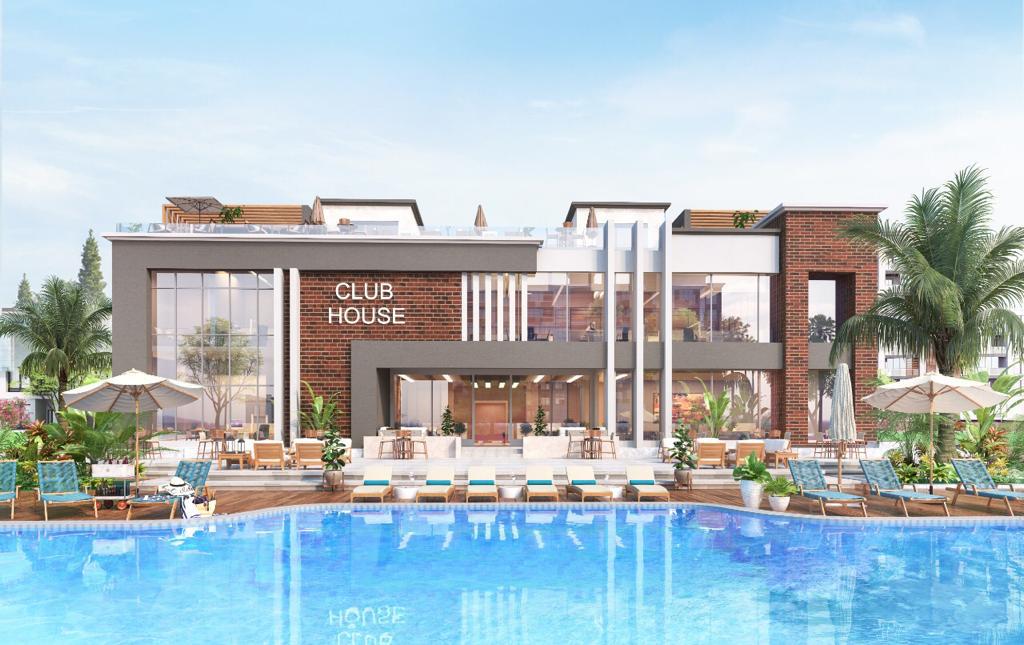
Green Spaces and Environmental Considerations
Environmental sustainability is a cornerstone of the urban design in the New Administrative Capital. The Green River, an extensive green corridor, will span the city, promoting biodiversity and providing residents with recreational spaces.
Multiple parks and landscaped areas will enhance urban aesthetics, counteract pollution, and improve air quality. The development incorporates efficient water management systems to preserve resources and support the lush green landscapes.
Efforts are being made to utilize sustainable materials and energy-efficient infrastructure. This holistic urban design approach underscores Egypt’s commitment to creating a modern capital that respects environmental considerations while accommodating a growing population.
Major Landmarks and Institutions
The New Administrative Capital of Egypt involves a blend of government, religious, and cultural structures designed to represent the nation’s ambitions and heritage. Key institutions and landmarks play a significant role in this sprawling urban project.
Government and Civic Structures
Several crucial government buildings are situated in the New Administrative Capital. The Parliament is a centerpiece of governance, designed with modern architecture that reflects Egypt’s forward-thinking agenda. Nearby, the Presidential Palace is the official residence, embodying authority and elegance.
The Ministry of Defense stands as a significant structure, emphasizing national security. Notably, the Iconic Tower will become Egypt’s tallest skyscraper, offering administrative spaces and panoramic views. These government buildings are strategically positioned for accessibility and symbolize a new era of governance in Egypt.
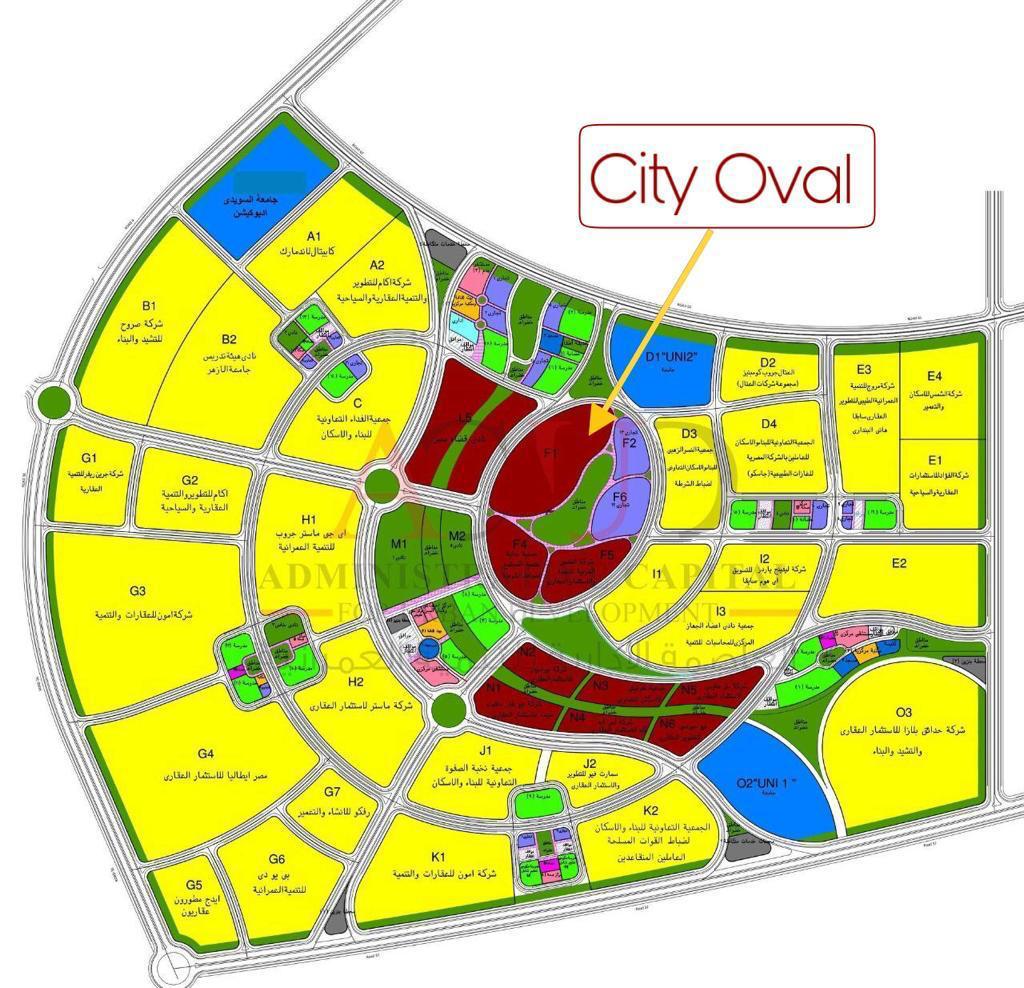
Religious and Cultural Edifices
Religious institutions are also critical to the New Administrative Capital’s identity. The Cathedral of the Nativity of Christ is designed to be one of the largest churches in the Middle East, showcasing stunning architecture and promoting interfaith dialogue.
Alongside it, the Egyptian Grand Mosque, with its expansive prayer halls and intricate design, enhances the city’s cultural diversity. Additionally, Central Park serves as a communal space for relaxation and gatherings, intertwining nature with urban living. These landmarks serve as pillars of faith, culture, and civic pride, illustrating Egypt’s historical context and future aspirations.
Economic and Business Landscape
The economic framework of the New Administrative Capital emphasizes developments in finance and diverse business opportunities. This strategic location is set to accommodate various commercial and residential projects, marking a significant transformation in Egypt’s economy.
Financial Strategies and Developments
The New Administrative Capital serves as a hub for innovative financial strategies. A central business district aims to attract local and international businesses by providing state-of-the-art facilities. Favorable government policies encourage financial institutions to invest.
Banks play a pivotal role in financing various projects. They offer loans tailored for real estate development and business expansion. This alignment facilitates smoother capital flow and promotes entrepreneurship.
Additionally, the government’s commitment to creating a Smart City fosters an environment ripe for economic growth. Initiatives focusing on digital finance and e-commerce are increasingly prominent, signaling a modernized approach to financial operations.
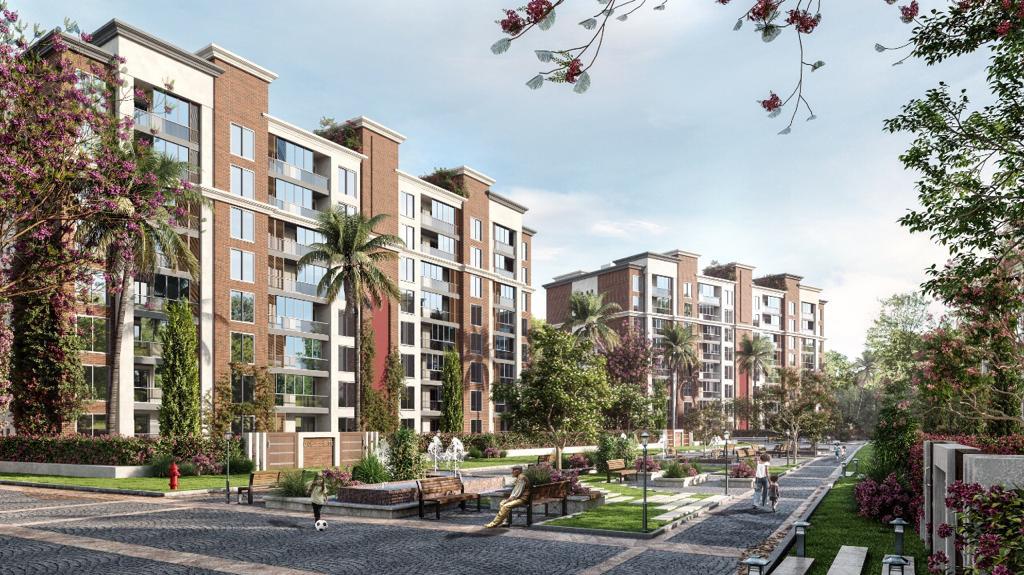
Commercial and Residential Projects
Numerous commercial and residential projects are underway in the New Administrative Capital. City Oval is a significant real estate development designed to enhance urban living.
The capital’s business district is expected to become a magnet for enterprises seeking premium office spaces. With its advanced infrastructure, businesses can thrive. Residential areas cater to a mix of middle—and upper-class families, reflecting the city’s ambition for diversity.
Projects include shopping centers, cultural spaces, and entertainment venues. These developments are about luxury and aim to create a vibrant community.
Investments in this area promise substantial returns. As more businesses establish themselves, the economic landscape becomes increasingly dynamic.
Quality of Life and Public Services
The New Administrative Capital emphasizes enhancing the quality of life through modern public services and facilities. It aims to provide residents with accessible healthcare, education, and recreational amenities that cater to diverse needs.
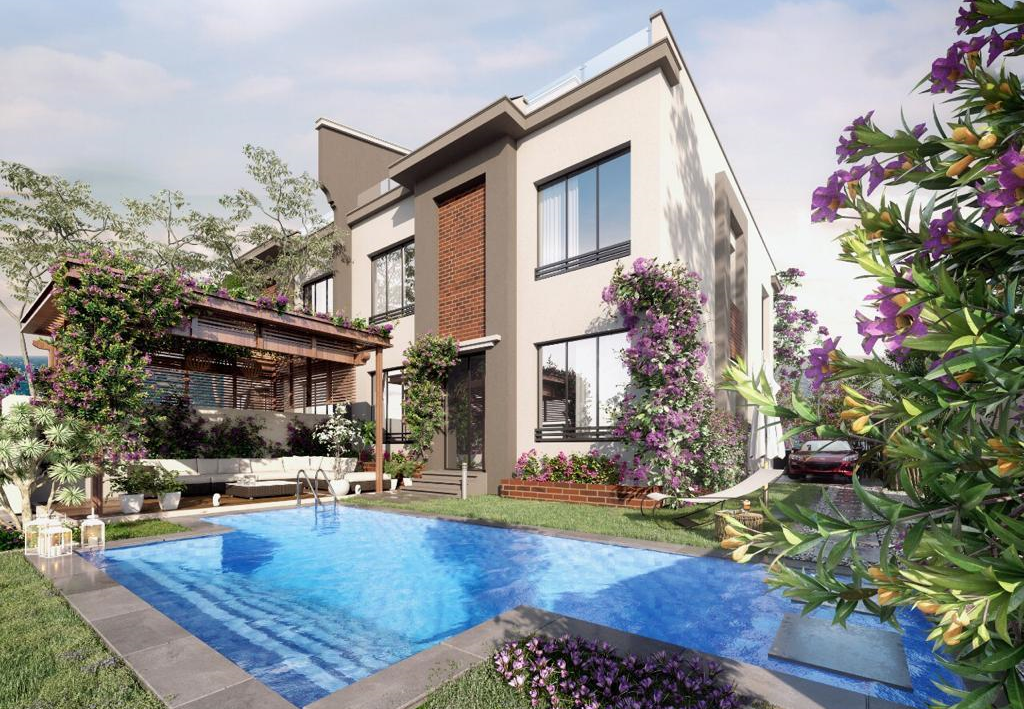
Healthcare and Education
The New Administrative Capital features advanced healthcare facilities that serve the growing population. Hospitals with state-of-the-art technology offer various medical services, ensuring residents receive quality care.
The area includes several schools and universities in terms of education. Institutions are being developed to provide comprehensive curricula and modern learning environments. Schools emphasize local and international educational standards, preparing students for a globalized workforce.
Recreational and Social Amenities
Recreational spaces are integral to the New Administrative Capital’s design. Parks and green areas encourage outdoor activities and promote a healthy lifestyle. These spaces are complemented by community centers that host social events and activities.
Additionally, residents will find shopping malls, restaurants, and entertainment venues contributing to a vibrant community life. These amenities foster social interaction and provide opportunities for leisure activities, enriching the lifestyle of those living in the City Oval and beyond.
Frequently Asked Questions(FAQs):
What are the key features of the City Oval New Administrative Capital?
City Oval New Capital boasts a prime location in the New Administrative Capital of Egypt. Its design reflects an attractive architectural style inspired by English aesthetics. The project includes various residential units, luxurious amenities, and green spaces, promoting a balanced lifestyle for residents.
Can you provide information on the City Oval’s R8 district in the New Administrative Capital?
City Oval is strategically situated in the R8 district and is known for its proximity to key landmarks and vital axes such as the Mohammed bin Zayed axis. This location facilitates easy access to other areas of the New Administrative Capital, enhancing its appeal as a residential choice.
Who are the developers behind City Oval in the New Administrative Capital?
Master Group Development is the esteemed developer responsible for City Oval. The company is recognized for its commitment to quality and attention to detail, ensuring a well-planned and executed residential project that meets modern living standards.
How does the New Administrative Capital aim to improve the existing capital in Egypt?
The New Administrative Capital is designed to alleviate congestion in Cairo by providing modern infrastructure, green spaces, and advanced facilities. It aims to create a more organized urban environment that supports economic growth and improves the quality of life for its residents.
What are the public transport options available in the New Administrative Capital?
The New Administrative Capital is set to feature comprehensive public transport services, including a light rail system, buses, and shuttle services. These options will facilitate convenient travel within the city and connection to surrounding areas.
What environmental considerations are taken into account when developing the new administrative capital?
Developers are focusing on sustainable practices in the New Administrative Capital. This includes incorporating green spaces, energy-efficient buildings, and eco-friendly infrastructure, all of which aim to minimize environmental impact and promote a healthier urban living environment.
